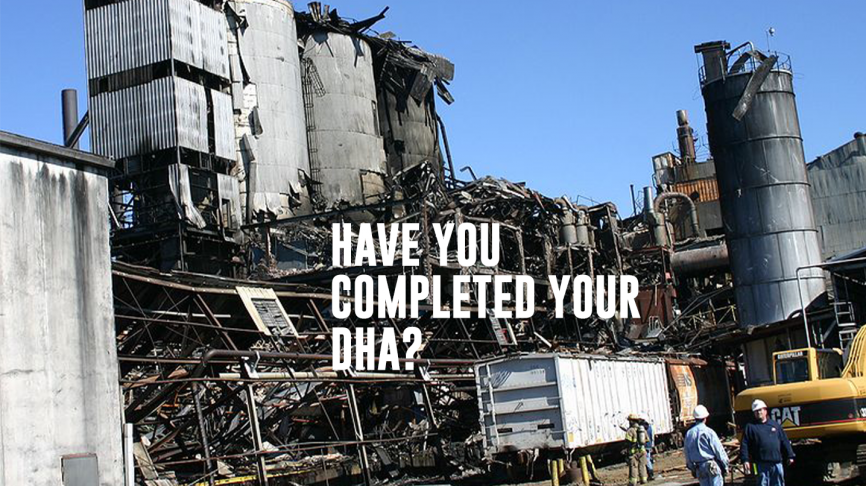Who is responsible for Determining If I have a combustible dust?
The owner / operator of that facility
How do You Determine if You Have a Combustible Dust?
The determination of combustibility or explosibility shall be permitted to be based upon either of the following:
(1) Historical facility data or published data that are deemed to be representative of current materials and process conditions
(2) Analysis of representative samples
What If I have Combustible Dust?
A DHA shall be completed for any facility new or old that uses combustible dust in their processes
What Is Included In A Dust Hazard Analysis?
The NFPA 652 guidance states that a DHA is a systematic review to identify and evaluate the potential fire, flash fire or explosion hazards associated with the presence of one or more combustible dust or combustible particulate salts in a processing facility. It will likely include the following:
- Identification and evaluation of locations where hazards exist
- Identification and evaluation of specific hazards scenarios
- Identification of existing safeguards
- Documentation of Housekeeping procedures
- Recommendations of additional safeguards where warranted
- A plan for implementation of additional safeguards
Who Performs a DHA?
The qualified person who is leading or performing the DHA should be familiar with conducting a DHA. The qualified person should also be familiar with the hazards of combustible dusts.The individuals involved in the DHA could include facility operators, engineers, owners, equipment manufacturers, or consultants.
This team is made of a variety of persons whose background and expertise can include the following:
(1) Familiarity with the process
(2) Operations and maintenance
(3) Process equipment
(4) Safety systems
(5) History of operation
(6) The properties of the material
(7) Emergency procedures
When Do I need To Get My DHA by?
September 7th 2020
Completed Your DHA? Now What?
- The owner operator must review and update the DHA every five years.
- You must now take combustible dust hazards seriously to achieve compliance, and, more importantly, to protect your workers and property.
- The owner/operator shall establish safe work practices to address hazards associated with maintenance and servicing operations.
- The elimination of accumulated fugitive dust via Housekeeping is critical and the single most important criteria for a safe workplace. Read our blog on proper Housekeeping HERE.
- Not all Industrial Vacuums are created equal and different materials and “Environments” require different levels of protection from a dust collection system. See our vacuum’s different Levels of Protection
Ruwac would be happy to discuss your unique materials and processes to help you achieve compliance and keep your employees safe. Please call 532-4030 or email eric@ruwac.com to speak with our Vice President of Sales.
About NFPA 652:
NFPA 652 is the central document for the prevention of combustible dust explosions and fires. There are also standards that are specific to certain commodities and industries:
- NFPA 61 for fires and dust explosions in agricultural and food processing facilities
- NFPA 665 for sulfur fires and explosions
- NFPA 484 for combustible metals
- NFPA 664 for wood processing and woodworking facilities
- NFPA 654 for combustible particulate solids


